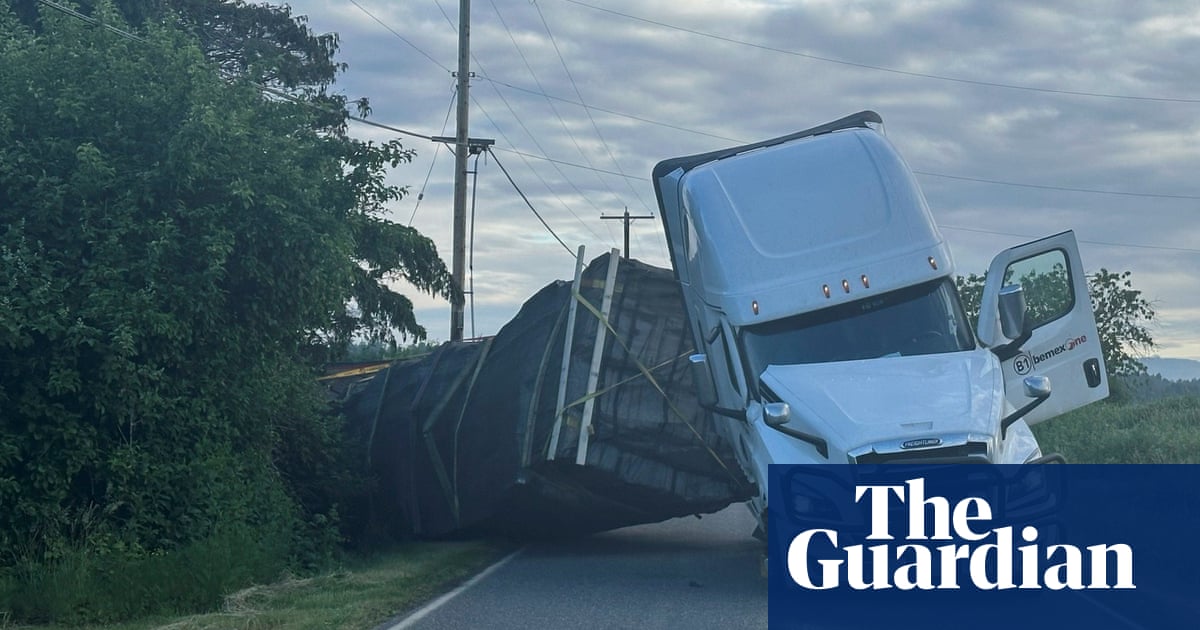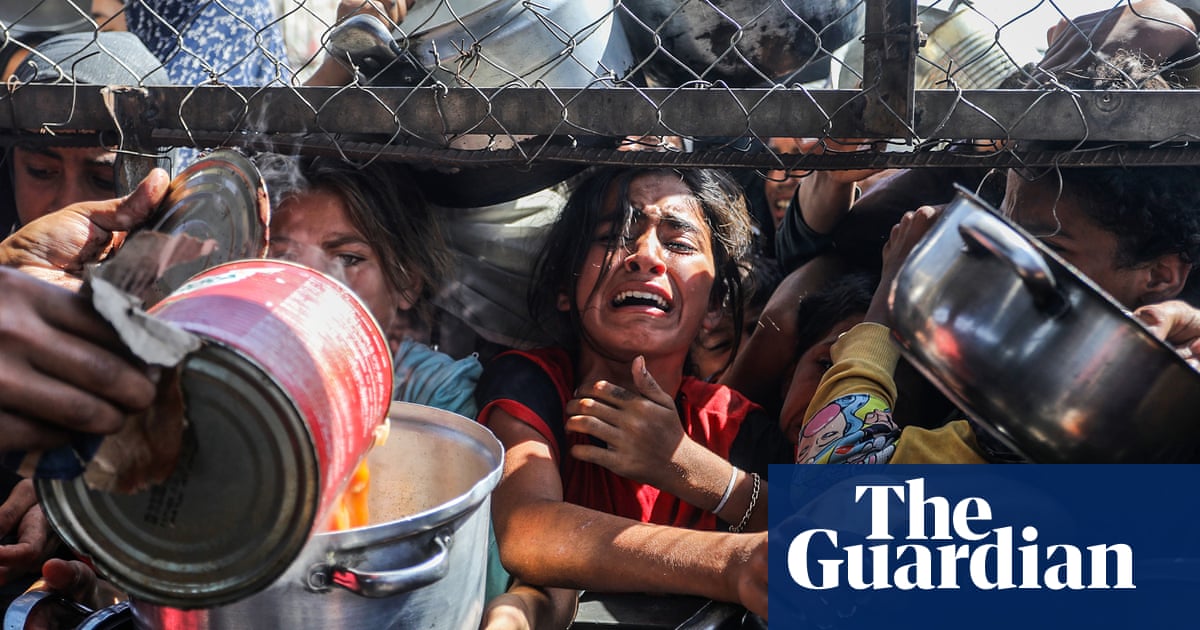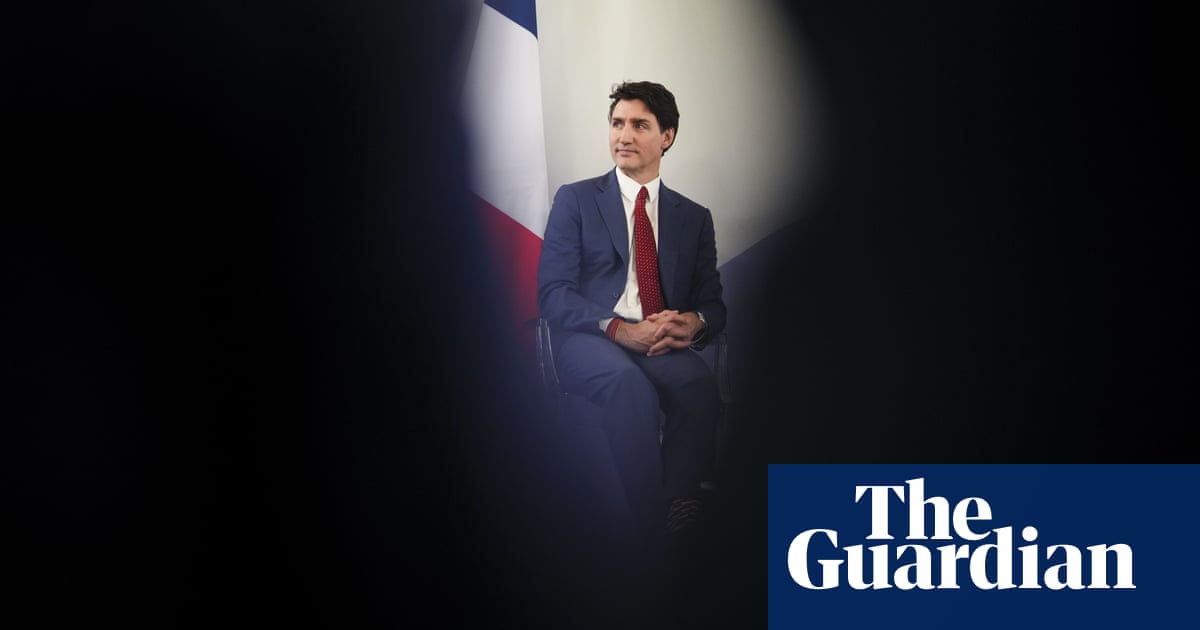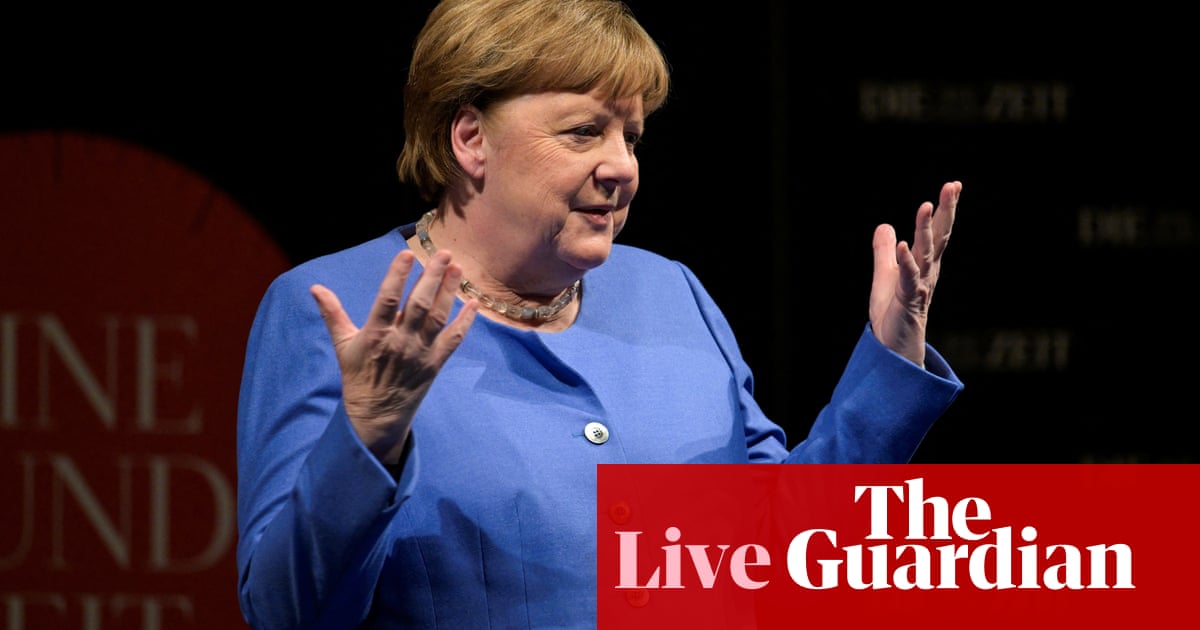The war between Russia and Ukraine is approaching a historic turning point: unless the Trump administration adjusts course, US military aid for Ukraine is about to cease.
In the months before leaving office, Joe Biden made a series of decisions to augment Ukraine’s stockpiles of vital munitions. Toward the end of 2024, the Department of Defense surged hundreds of thousands of artillery rounds, thousands of rockets and hundreds of armored vehicles to Ukraine, and that December, he approved an additional $1.25bn security assistance package for Ukraine, which has enabled the continued flow of US arms ever since (with the exception of the damaging pause ordered by Donald Trump in March).
These decisions bought Ukraine time, but that time is running out. Ukraine is depleting its stockpiles of US munitions. The $1.25bn aid package will soon be exhausted. The United States still possesses several billion dollars in drawdown authority, which could be used to send Ukraine additional security assistance. But since taking office, Trump has not approved a single military aid package for Ukraine. Even if Trump were to reverse course and utilize this remaining drawdown authority, the amount available is insufficient to sustain US support for Ukraine over time. To do that, Congress would need to approve additional Ukraine funding, which will not happen while the Republican party controls both chambers and the White House. As a result, the era of US military aid to Ukraine is approaching its end.
Vladimir Putin is stalling the Trump administration’s ineffective pursuit of a ceasefire as he waits for Biden-era military aid deliveries to run dry. Over the weekend, mere hours after the Russian president met with the US representative Steve Witkoff, the Russian military launched a horrifying ballistic missile attack in Sumy that killed dozens of Ukrainian civilians. Putin is biding his time, eager to see whether the Ukrainian army will buckle in the absence of US military aid. As he said recently: “There are reasons to believe that we will finish them off.” Even if Russia is unable to capture much more territory, Putin will still wait for Ukraine’s position to become significantly more desperate before making any serious decisions about an end to this war. As US military aid for Ukraine winds down, North Korea, Iran and China are likely to continue, and could decide to increase, their support for Russia.
Putin is planning for this war to continue for at least months longer. Russia faces its own challenges: Ukrainian forces continue to fight effectively and to impose extraordinary costs on the Russian military, and falling oil prices will place further strain on the Russian economy. Even so, Grigory Karasin, Russia’s representative in talks with the Trump administration, has indicated publicly that ceasefire negotiations will progress slowly over the course of this year. The US should be seeking to adjust Putin’s calculus – and to push him to engage in meaningful negotiations – by surging security assistance to Ukraine and intensifying sanctions against Russia. But regrettably, the Trump administration has done neither of those things, opting instead to pressure Volodomyr Zelenskyy and to make unilateral concessions to Russia.
European leaders have stepped up in recent months to try to help Ukraine survive in the absence of US leadership. European discussions about a postwar reassurance force are important, but the actual war is still ongoing, and further planning is needed to deal with the impending loss of US material support.
The key questions for Ukraine’s European backers are two-fold: how can Ukraine persist with a combination of its own domestic production of weapons, European security assistance, and US intelligence sharing? 2) What is the most viable pathway to finance this support?
As a baseline, European countries should accept more risk tolerance in donating their own military equipment to Ukraine. Many European governments maintain significant stockpiles of artillery, rockets and air defense; given the stakes of this war, more of those capabilities should be provided to Ukraine. Meanwhile, these same European countries should increase defense spending to replenish their depleted weapons stockpiles over the longer term.
Second, Europe should direct more resources into Ukraine’s innovative defense industrial base. Ukraine is producing cutting-edge drones, munitions and air defense capabilities that are reducing, though not eliminating, its reliance on external security assistance. Now is the time to finance Ukraine’s indigenous production of weapons, which are helping to blunt Russian assaults across the front.
Third, the United Kingdom and France – as leaders in their support for Ukraine – should try to strike a deal with the Trump administration to secure additional air defense missiles for Ukraine. During the Biden administration, the United States diverted its air defense exports so that they would go to Ukraine first. A coalition of European governments led by France and the UK should attempt to negotiate an agreement with the White House to continue this policy – with the understanding that the Europeans will foot the bill. Under this arrangement, participating European countries would purchase AMRAAM and Patriot missiles for Ukraine off US production lines, and the Department of Defense would prioritize those purchases given Ukraine’s acute and ongoing air defense requirements. Trump may refuse this offer, but there is no downside to making the pitch, which, if successful, could be broadened to cover additional US defense exports that Ukraine needs.
Fourth, the European countries supporting Ukraine will need to decide how to pay for all of this. One option is to dig into their own budgets. The other, more sustainable option is for Europe to seize the approximately $300bn in Russian sovereign assets currently immobilized in their jurisdictions. Those assets can be used to finance Ukraine’s defense industry, procure weapons from the US and around the world, and support the Ukrainian economy for years to come. Strategically, those assets would provide Zelenskyy with a durable source of non-US assistance, which would reduce Zelenskyy’s dependency on the US and increase his leverage in any negotiations to end the war. Many legal and policy experts have put forth strong arguments to justify seizure and to mitigate associated risks to the European economy. The costs of inaction today far outweigh the manageable risks of asset seizure.
The realities of our current moment are both clear and regrettable: Putin has shown no indication that he will agree to a ceasefire, so this war will continue, and the end of US security assistance is approaching. Europe should move quickly to pursue the above steps and help save Ukraine from the coming storm.
-
David Shimer served on the White House National Security Council from 2021-25, including as the director for eastern Europe and Ukraine and as director for Russian affairs. He is an adjunct senior research scholar at the Institute of Global Politics at Columbia University’s School of International and Public Affairs.

 1 month ago
28
1 month ago
28

















































